Champagne is much more than just a sparkling beverage; it represents a distinctive and storied product that is deeply rooted in the rich and shared heritage of wine growers. This exquisite drink is crafted exclusively from grapes cultivated in the renowned Champagne region, located in the northeast of France.
The unique terroir of this area, combined with traditional viticultural practices, contributes to the exceptional quality of the wines produced here. Furthermore, these wines are created under the stringent regulations set forth by the Champagne appellation, ensuring that every bottle meets the high standards that are synonymous with this prestigious label.
The process of producing Champagne is a meticulous one, steeped in tradition and artistry. From the careful selection and harvesting of grapes to the intricate methods of fermentation and aging, each step is crucial in creating the effervescent delight that is enjoyed by many around the world. This sparkling wine is not only a symbol of celebration but also embodies the dedication and craftsmanship of the individuals who cultivate the land and produce this remarkable drink.
To truly appreciate the complexity and allure of Champagne, it is essential to gain insight into its production process and the cultural significance it holds. To enhance your understanding and enjoyment of this iconic beverage, GastroVino Academy has carefully curated a wealth of special content dedicated to the world of Champagne. We invite you to join us on this educational journey, where you will discover the art and science behind the creation of Champagne, and learn about the primary markets and traditions that make it so special. Come along with us and elevate your appreciation for this extraordinary drink!
In victory, you deserve Champagne; in defeat, you need it.
– Napoleon Bonaparte
Jump To Section
Champagne Process
You can also watch this and other exclusive GA Originals on YouTube.
The elaborate and intricate process by which Champagne is crafted is formally known as the Traditional method, which was previously referred to as the Méthode Champenoise. This prestigious and storied technique was recognized as a UNESCO Intangible Cultural Heritage of Humanity in Champagne in 2015, underscoring its significance and the high esteem in which it is held within the world of winemaking. The Traditional method is renowned for its emphasis on quality, yet it is also recognized as one of the most expensive winemaking procedures due to the labor-intensive nature of the process and the extensive aging required.
At its core, the Traditional method involves the transformation of still wine into the effervescent sparkling wine that Champagne is famous for, all done within the confines of the bottle itself. The first step in this fascinating journey begins with the creation of the Base Wine, often referred to as “Cuvée.” In the initial stages, the grapes are pressed, and the juice undergoes a standard alcoholic fermentation process, much like any other wine. This foundational stage is crucial, as the quality of the Base Wine will significantly influence the final product.
Once the various Base Wines have been produced, the skilled winemaker meticulously blends them to achieve the desired flavor profile and complexity. Following this blending process, yeast and sugar are introduced to the cuvée in a carefully measured manner, initiating the all-important second fermentation. At this stage, the blended wines are bottled and sealed with crown caps—an essential step to contain the pressure that will build up during fermentation—and they are later replaced with corks. This crucial phase is known as Triage, and it marks a pivotal moment in the creation of Champagne.
During the second fermentation, which occurs inside the bottle, the introduction of yeast and sugar leads to the production of additional alcohol and carbon dioxide. The CO2 gets trapped in the bottle, resulting in the characteristic effervescence that Champagne is celebrated for. As the fermentation process consumes the remaining sugars, the yeasts ultimately perish in a fascinating phenomenon known as autolysis—where the cells break down through the action of their enzymes—and these dead yeasts remain in the bottle, contributing to the wine’s complexity.
To develop the desired texture and depth of flavor, the wines are aged on their dead lees, enriching the Champagne’s profile over time. The aging process for Champagne typically lasts a minimum of 15 months, while vintage variations require at least 36 months to attain their full potential. After this requisite period of rest, the bottles undergo a meticulous process known as riddling or remuage, which involves gently moving and rotating the bottles to facilitate the loosening of the dead lees sediments that settle over time.
This step is essential for ensuring a clear and refined final product, ready to be enjoyed by sparkling wine aficionados around the world. The entire Traditional method is a testament to both the artistry and dedication of Champagne producers, who work tirelessly to craft these exquisite sparkling wines that continue to captivate palates globally.
Remuage
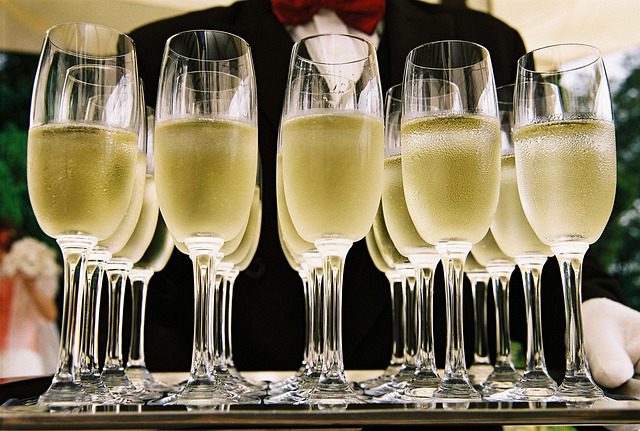
The ridding process, most commonly known as ‘remuage,’ plays a crucial role in the meticulous preparation of sparkling wines, particularly in the production of Champagne. This intricate process is designed to facilitate the collection of sediment that forms as a result of fermentation and aging, allowing it to accumulate in the neck of the bottle in anticipation of the subsequent step: Disgorgement.
Remuage involves a careful and deliberate technique wherein each bottle is gradually tilted to a neck-down position while being rotated in small, precise increments. The movement alternates between clockwise and anti-clockwise directions. As the angle of tilt increases, the pull of gravity works in concert with the motion of the bottle, effectively drawing the sediment toward the neck where it can later be removed. This meticulous process demands significant skill and patience, often managed by a seasoned cellar master who is capable of tending to an impressive workload—about 40,000 bottles per day. Traditionally, these bottles are secured in a wooden trestle, known as a ‘pupitre,’ which holds them at the precise angle necessary for optimal sediment collection.
The process of rotation is not haphazard; rather, it is executed in stages, typically involving movements of either 1/8 or 1/4 of a turn at a time, to the right or left. This methodical approach ensures that the sediments are effectively consolidated into the neck of the bottle, resulting in a wine that is clear and visually pristine. On average, each bottle undergoes approximately 25 turns throughout this process, which means that manual remuage can take anywhere from 4 to 6 weeks to complete, depending on factors such as the number of bottles being processed and the efficiency of the cellar master.
However, with advances in technology, automated remuage systems have become increasingly prevalent in modern winemaking practices. These systems utilize advanced machinery known as gyro-palette machines, which can handle a staggering 500 bottles in a single operation. These machines are capable of working around the clock, dramatically reducing the time required for remuage to just one week, without compromising the high-quality standards that discerning producers uphold.
Once the remuage process is completed and the sediment has been adequately consolidated in the neck of the bottle, it is time to proceed to the next vital step: Disgorgement. This process involves removing the now-accumulated sediment from the bottle, ensuring that the final product maintains the clarity and purity that is highly prized in sparkling wines. The combination of these processes exemplifies the harmony between tradition and innovation in the art of winemaking, ultimately resulting in exceptional sparkling wines that delight consumers worldwide.
Disgorgement
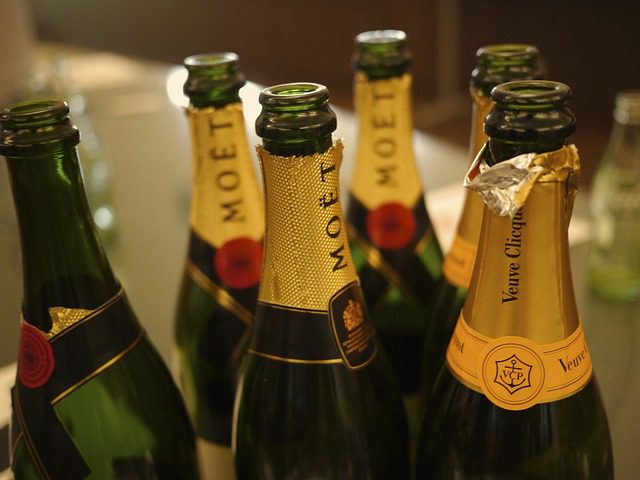
The process of disgorgement represents a critical and intricate step in the production of Champagne, serving to eliminate the sediment that accumulates in the neck of the bottle as a result of the remuage process. This stage can be thought of as the grand finale of Champagne creation, following many months—sometimes even years—of peaceful maturation on the lees, where the wine develops its complexity and depth of flavor.
To initiate the disgorgement, the neck of the bottle is carefully plunged into a super-cooled refrigerating solution maintained at a brisk temperature of -27°C. This chilling technique causes the sediment, which consists of yeast and other particles, to freeze and solidify into a compact mass resembling a plug. When the bottle is subsequently opened, the pressure within it forces this frozen plug of sediment to be ejected with remarkable efficiency, allowing for a minimal loss of both wine and the precious carbonation that gives Champagne its characteristic sparkle.
Disgorgement can be executed through two main methods: mechanically or by hand. Mechanical disgorgement often utilizes specialized equipment designed to streamline the process, ensuring consistency and efficiency. In contrast, hand disgorgement is a more traditional approach, performed by skilled artisans who take great care in preserving the integrity and quality of each bottle.
Following disgorgement, the subsequent step involves what is known as dosage, which is paramount in refining the final taste and character of the Champagne. Dosage is created by combining a small amount of wine with a measured quantity of sugar, resulting in a mixture known as liqueur d’expédition. This liqueur is added to each bottle to not only fill it to the brim but also to impart additional flavors, aromas, and a desired level of sweetness, tailored to the vision of the winemaker. This careful balance of ingredients during dosage ultimately determines the style and profile of the Champagne, setting the stage for the final corking and sealing of the bottle, ready to be presented to enthusiasts around the globe.
Added Quantity
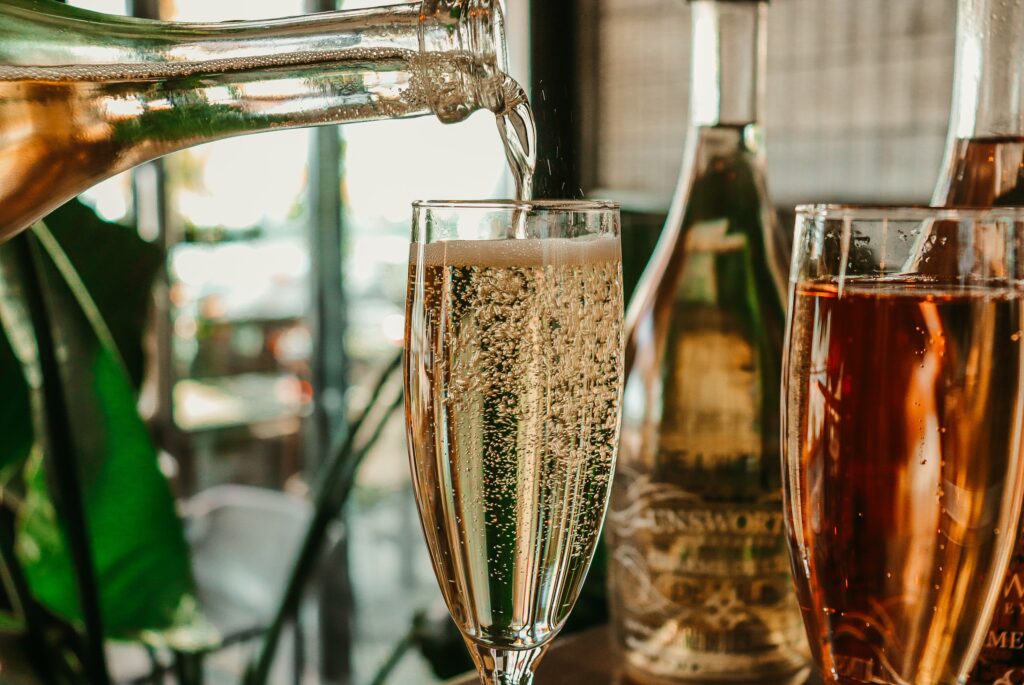
The amount of sugar added to Champagne plays a pivotal role in shaping its style and flavor profile. This dosage can vary significantly, influencing not only the sweetness but also the overall sensory experience of the drink. Champagne styles are classified according to the sugar content per liter.
A “doux” Champagne contains over 50 grams of sugar, making it notably sweet and appealing to those who favor sweeter wines. Next is the “demi-sec,” with a sugar range of 32 to 50 grams per liter, providing moderate sweetness. The “sec” ranges from 17 to 32 grams per liter, striking a balance between sweetness and freshness. Moving toward the drier spectrum, “extra dry” Champagne has a dosage of 12 to 17 grams per liter, making it a favorite among those who prefer a touch less sweetness. The widely consumed “brut” contains less than 12 grams of sugar per liter, while the “extra brut” offers a more austere experience with a dosage between 0 and 6 grams of sugar. In contrast, “brut nature” is distinguished by its purity, containing no added sugar at all.
Dosage plays a crucial role in the sensory development of Champagne, varying based on the desired style. The winemaker skillfully adds sugar to the wine, sometimes incorporating a small amount of liqueur from the bottle itself. Occasionally, for an extra aromatic dimension, the dosage liqueur might be crafted from reserve wine, which involves blending wines from different vintages.
These long-aged wines, matured in barrels or magnum-sized bottles, enhance the Champagne’s flavor complexity. This careful process results in a blend that elevates the overall quality and enriches the sensory experience. Prior to finalizing the dosage, winemakers meticulously taste various liqueurs, selecting those that best complement the Champagne at hand.
This attention to detail ensures a harmonious and balanced final blend. Once the dosage is adjusted, the Champagne bottles move on to the essential processes of corking and labeling, preparing them for consumers to enjoy and share the unique experience that fine Champagne offers.
Primary Markets for Champagne
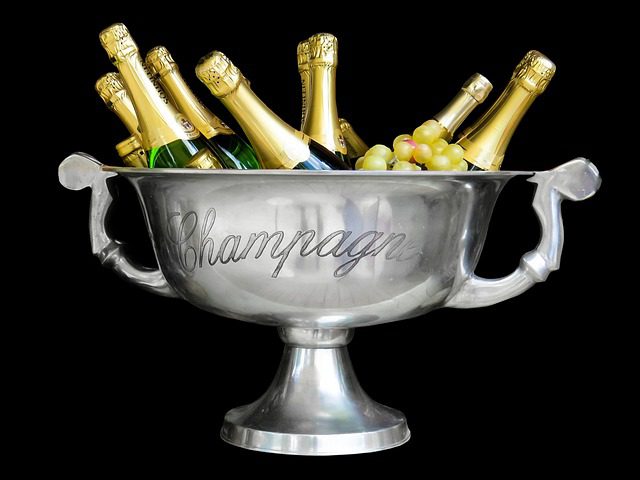
The primary markets for Champagne are characterized by a high demand and consumption of this esteemed sparkling wine. Originating from the Champagne region of France, Champagne is not merely a drink; it embodies celebration and sophistication. Among these key markets are:
France: As the home of Champagne, France boasts significant consumption alongside its prestigious producers. The French market plays a crucial role in the industry, with Champagne being an integral part of celebrations and special occasions, including weddings and year-end festivities.
United States: The U.S. stands as one of the largest consumers of Champagne outside France. A culture of celebration, coupled with a growing interest in luxury items and premium experiences, has driven up consumption, particularly in major cities like New York, Los Angeles, and Miami.
United Kingdom: The UK has a longstanding appreciation for Champagne and is known for its tradition of enjoying this sparkling wine. It is particularly popular at parties and social gatherings and as part of the toasting culture, especially among luxury consumers.
Japan: In Japan, Champagne’s popularity has surged, fueled by a growing middle class and a culture that embraces sophisticated celebrations. The demand for high-quality imported products has spurred significant market growth.
China: Recently, China has emerged as one of the largest markets for Champagne, driven by rising disposable incomes and a thirst for luxury products. Champagne is often featured in celebrations and social events, symbolizing status.
Brazil: In Brazil, Champagne is increasingly popular, especially at large celebrations and parties, though domestic sparkling wines still dominate the market. The rise in tourism and a growing taste for imported products have also contributed to the increase in Champagne consumption.
These markets are shaped by various factors, including consumer trends, celebration cultures, and purchasing power. As the demand for premium products and unique experiences continues to rise, Champagne retains its status as a symbol of celebration across the globe.
Bottom Line
The production of champagne is a meticulous craft that leads to one of the world’s most beloved sparkling wines. Hailing from the Champagne region of France, champagne is subject to stringent regulations that guarantee its quality and authenticity.
The process begins with the careful selection of Pinot Noir, Pinot Meunier, and Chardonnay grapes. Once harvested, the grapes are gently pressed and fermented in either stainless steel tanks or oak barrels, resulting in a base wine. This base then undergoes malolactic fermentation, which softens its acidity.
A crucial step in the process is “assemblage,” where winemakers blend wines from various vintages to achieve a harmonious profile. The addition of “liqueur de tirage” sparks a second fermentation within the bottle, which produces the characteristic bubbles. The wine ages in contact with inactive yeast, enriching its complexity and depth of flavor.
After several months or even years, the bottles are subjected to “remuage,” a method that shifts the sediment to the neck, followed by “dégorgement,” which removes these impurities. Finally, a dose of “liqueur d’expédition” is added to fine-tune the flavor before the bottle is sealed with a cork.
The result is an exquisite Champagne that encapsulates the tradition and prestige of its region, serving as a symbol of global celebration. In essence, Champagne embodies an intricate process that reflects the dedication and passion of its producers.
Did you like this article?
I hope this article has improved your wine skills. To learn more about wines, take a look at the Sauvignon Blanc: The Enthusiast’s Guide To Wine Lovers.
Leave a comment below and share our content. Help our community grow by following our social media on Spotify, Instagram, Facebook, YouTube, and TikTok. And stay up to date with the news from the world of Gastronomy.
Don’t forget to tag @gastrovinoacademy on Instagram and hashtag it #gastrovinoacademy.
Cheers 🍷


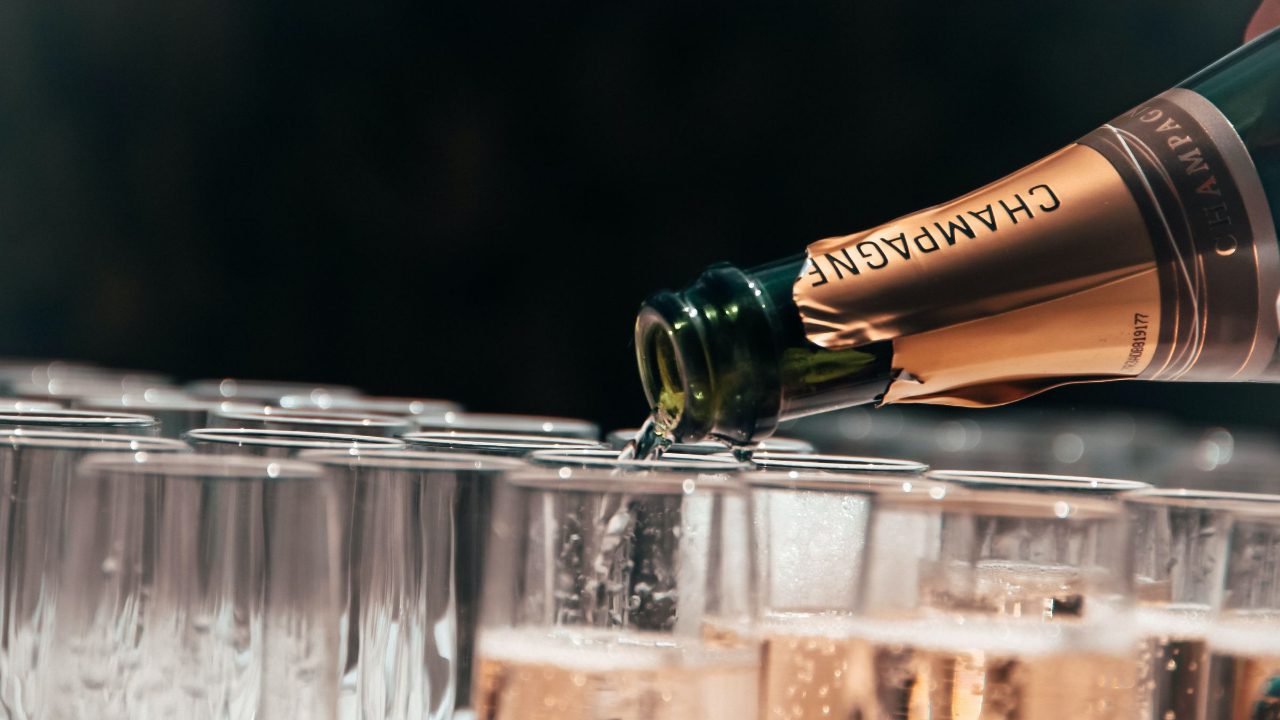
It’s really a great and useful piece of information. I’m glad that you shared this helpful info with us. Please keep us up to date like this. Thanks for sharing.